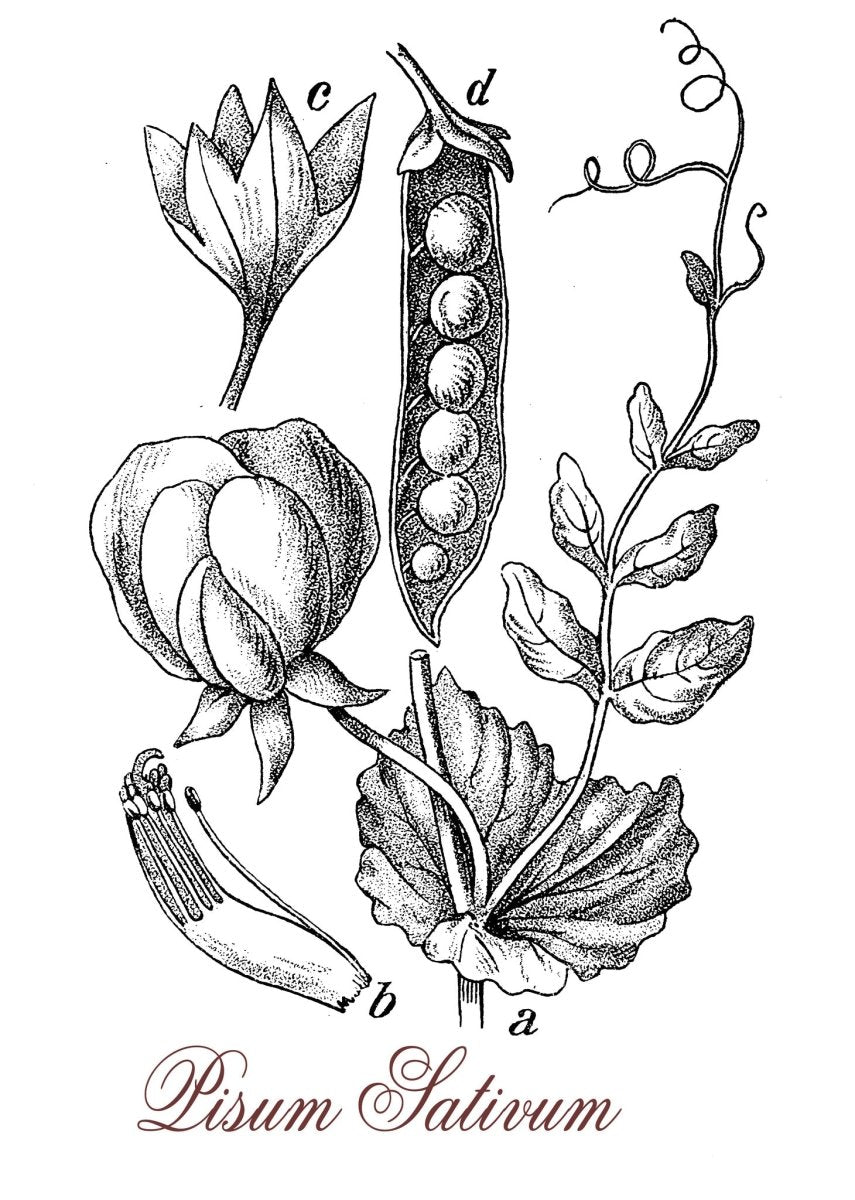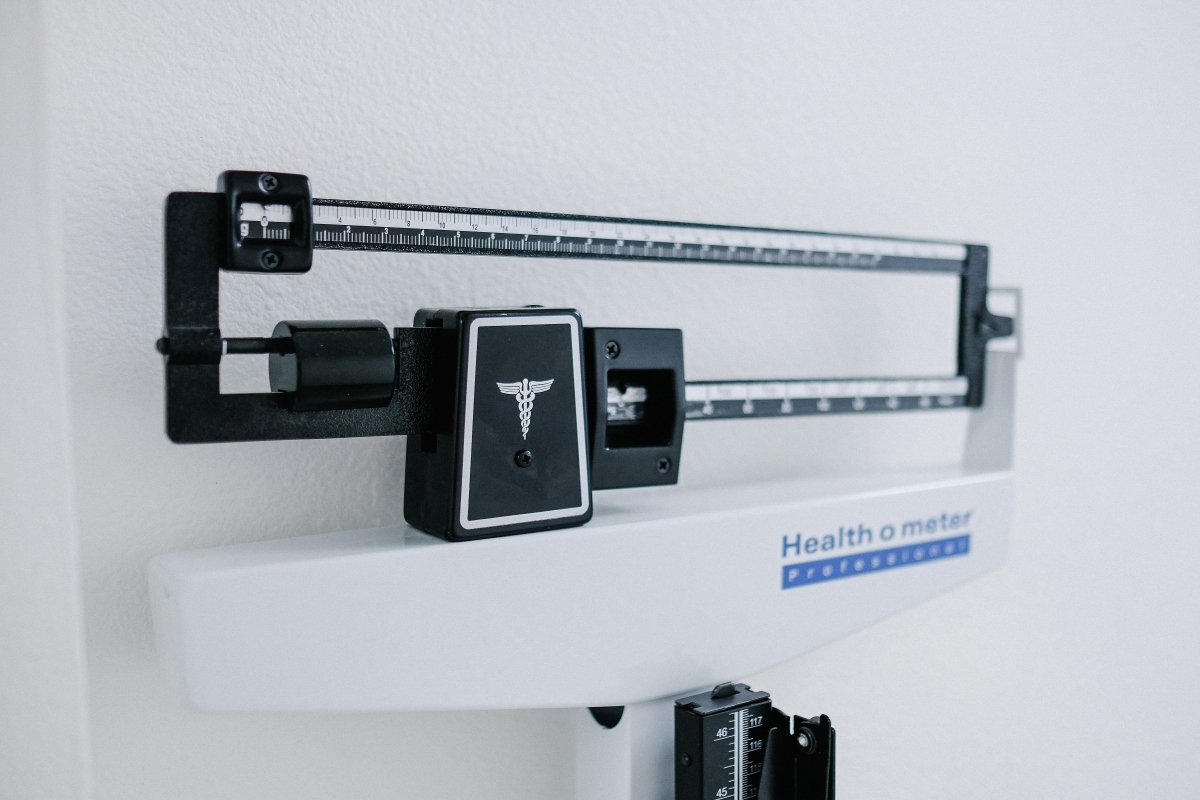For most of human history, the prevailing theory of how traits are passed from parents to offspring has been an ill defined blending effect. Children were thought to be the average of their parents. This may seem like a vague and unscientific approach to a central aspect of life as we know it, but it lasted until the 19th century. It wasn’t until 1856 when an Augustinian monk named Gregor Johann Mendel began cataloguing the colours and shapes of his pea plants, that we began to understand the natural rules governing inheritance. From Mendel’s pea plants the modern science of genetics was born.
Genetics is the science of how characteristics are passed from one generation to the next and mostly deals with a special molecule called Deoxyribonucleic Acid or DNA.
DNA is a complex structure of sugars attached to molecules called nucleic acids. These sugar-acid complexes are stacked one on top of the other to form incredibly long strands that wrap around each other in a characteristic double helix. What makes these DNA strands so special is that the arrangement of nucleic acids along the strand can be read like a language. In cells these sequences create instructions called genes for how to create proteins from which everything else in the cell is made. DNA sequences can be thought of as the language that cells use to build, function, and replicate themselves. In humans, DNA is broken up into 23 paired packets called chromosomes. Inheritance is not an average of parental traits but the cumulative effect of two distinct sets of chromosomes from the parents.
The revelation of what DNA does whipped the scientific world into a fervor. The 20th century saw unprecedented strides in biology and medicine as genetic research took off. However, DNA is an incredibly complex molecule with a single strand being 2 - 3 meters stretched out. Reading or “sequencing” DNA was an arduous, time consuming, and expensive process and researchers rarely could look at more than a few genes at a time. So, in 1990 researchers from around the world began to work on an extraordinary undertaking called the Human Genome Project to sequence an entire human DNA strand. The project was likened to an Apollo Program for biology, cost well over a billion dollars, and took over a decade. But in 2003 a whole human DNA sequence was published.
Since that fortunate day 15 years ago, genetic research has gotten faster, cheaper, more reliable, and way more user friendly. What once took teams of researchers over a decade can now be done by anyone in a few minutes from the comfort of their own home. Diseases that baffled doctors in the past can now be identified as a defective protein caused by a single gene. Complex conditions may be caused or influenced by the actions of a group of genes. With the DNA from a single cheek swab, a laboratory can test for hundreds of of genes known to be associated with health conditions, with more being discovered every day. This is the state of genetic testing today.





Share:
DNA, The Building Block of Everything
Unlocking Your Athletic Potential: The Role of Genetics in Muscle Performance